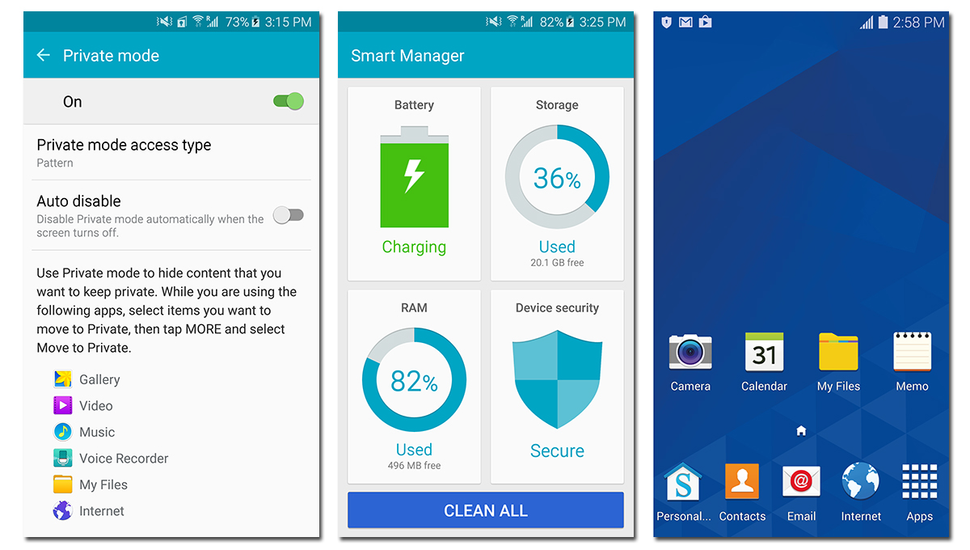

You could use a Timer to start the batch processing every 30 minutes. The service that compiles the instructions for shipping operates on a batch of orders rather than processing each order individually. For example, suppose that you have an online sales application that continuously posts sales orders to a database. You can handle this event to perform the processing you need. The component raises the Elapsed event, based on the value (in milliseconds) of the Interval property.
#Galaxy s6 active timer app windows#
Server timers can move among threads to handle the raised Elapsed event, resulting in more accuracy than Windows timers in raising the event on time. The server-based class is designed for use with worker threads in a multithreaded environment. For more information, see the "Using an Object that Implements IDisposable" section in the IDisposable interface topic. To dispose of it indirectly, use a language construct such as using (in C#) or Using (in Visual Basic).

To dispose of the type directly, call its Dispose method in a try/ catch block. When you have finished using the type, you should dispose of it either directly or indirectly. This type implements the IDisposable interface. In these cases, you can use the class instead. NET implementations and versions, such as. The Timer class is not available for all. If the system is not responding, the service could attempt to restart the server or notify an administrator. You could create a service that uses a Timer object to periodically check the server and ensure that the system is up and running. For example, suppose you have a critical server that must be kept running 24 hours a day, 7 days a week. You can then handle its Elapsed event to provide regular processing. Typically, a Timer object is declared at the class level so that it stays in scope as long as it is needed. You can configure the Timer object to raise the event just once or repeatedly using the AutoReset property. The Timer component is a server-based timer that raises an Elapsed event in your application after the number of milliseconds in the Interval property has elapsed. ' The Elapsed event was raised at 09:40:47.148 ' The Elapsed event was raised at 09:40:45.133 ' The Elapsed event was raised at 09:40:43.132 ' The Elapsed event was raised at 09:40:41.117 ' The Elapsed event was raised at 09:40:39.116 ' The Elapsed event was raised at 09:40:37.116 ' The Elapsed event was raised at 09:40:35.100 ' The Elapsed event was raised at 09:40:33.100

' The Elapsed event was raised at 09:40:31.084 ' The application started at 09:40:29.068 ' Press the Enter key to exit the application. ' The example displays output like the following: Private static aTimer Ĭonsole.WriteLine("\nPress the Enter key to exit the application.\n") Ĭonsole.WriteLine("The application started at ", The event handler displays the value of the ElapsedEventArgs.SignalTime property each time it is raised. The following example instantiates a object that fires its Timer.Elapsed event every two seconds (2,000 milliseconds), sets up an event handler for the event, and starts the timer.


 0 kommentar(er)
0 kommentar(er)
